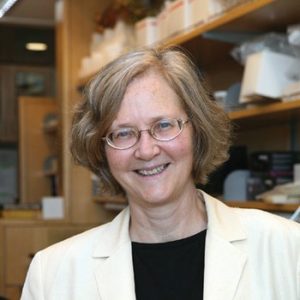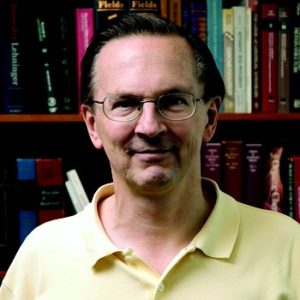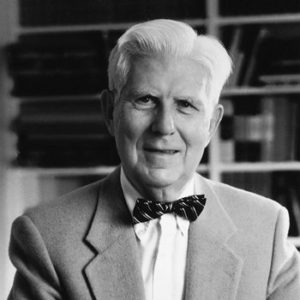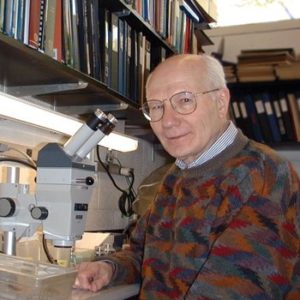Opening remarks by Joseph Goldstein
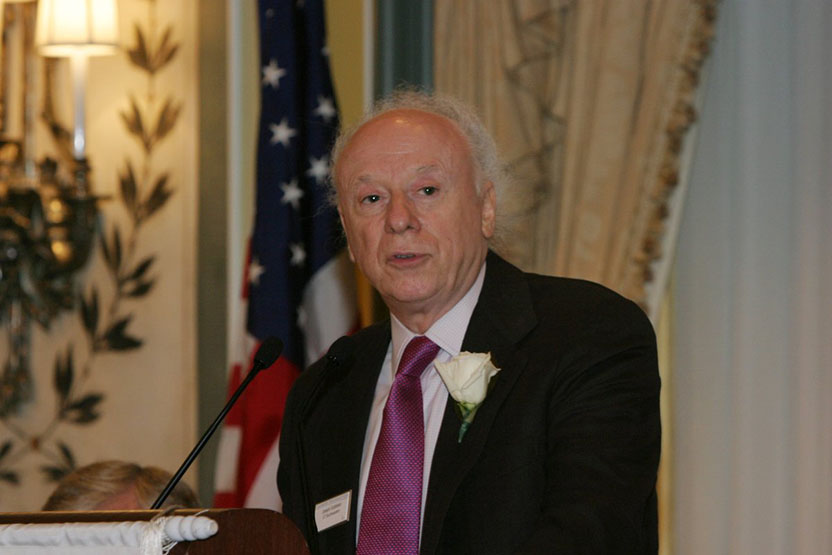
Venture science: Climbing the ladder to telomerase, cognitive therapy, and in situ hybridization
An expanded version of these remarks originally appeared in Nature Medicine.
Lasker Awards are given to individuals who open new fields of biomedical science by carrying out bold, high-risk experiments that have a high probability for failure. But if the experiments are successful, the rewards for advancing science and medicine are mighty. In many respects, this type of venture science resembles venture capital, a phenomenon in which a small group of investors puts up money to finance a start-up business that has no previous track record but has daring ideas.
Venture capital had its origins in 1957 when a professor at Harvard Business School, Georges Doriot, convinced several of his Boston colleagues to invest in a startup computer company founded by two MIT engineers with no business experience. Doriot named the startup Digital Equipment, which became the anchor company for Boston’s famed Route 128 and the first of Doriot’s launch of more than 200 start-ups. Digital soon became IBM’s biggest competitor, producing the most popular mini-computers in the 1970s and 1980s. Doriot’s initial $70,000 investment in 1957 had a market value of $400 million in the early 1970s — the best return on money ever seen at the time.
Jury
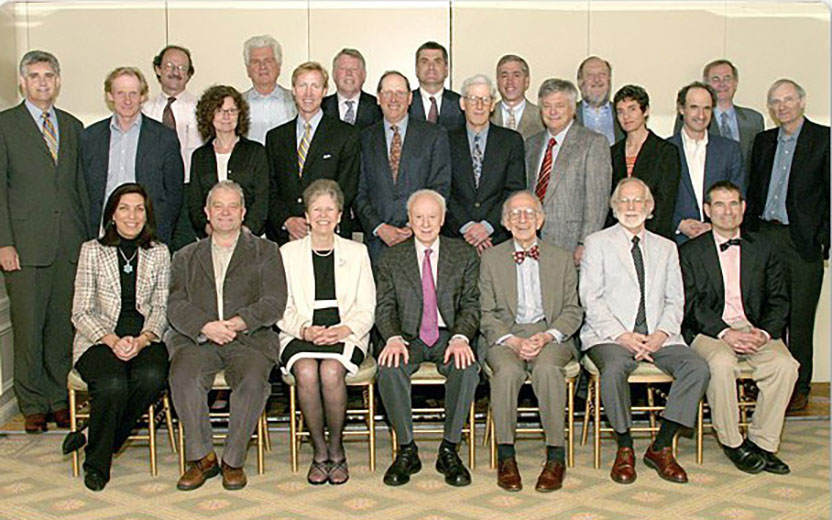
2006 Lasker Medical Research Awards Jury
Seated, left to right: Huda Zoghbi, Baylor College of Medicine ● Paul Nurse, The Rockefeller University ● Joan Steitz, Yale University ● Joseph Goldstein, Chair of the Jury, University of Texas Southwestern Medical Center ● Eric Kandel, Columbia University ● J. Michael Bishop, University of California School of Medicine● Thomas Stossel, Brigham & Women’s Hospital
Middle Row, left to right: Bruce Stillman, Cold Spring Harbor Laboratory ● Kim Nasmyth, University of Oxford ● Titia de Lange, The Rockefeller University ● Larry Jameson, Northwestern University ● William Paul, National Institutes of Health ● Stuart Kornfeld, Washington University School of Medicine ● Michael Brown, University of Texas Southwestern Medical Center ● Carla Shatz, Harvard University ● Larry Zipursky, University of California, Los Angeles ● Martin Raff, MRC Laboratory for Molecular Cell Biology, University College London
Third Row, left to right: Harold Varmus, Memorial Sloan-Kettering Cancer Center ● Günter Blobel, The Rockefeller University ● Jack Dixon, University of California, San Diego ● Craig Thompson, University of Pennsylvania Cancer Center ● Richard Lifton, Yale University ● Irving Weissman, Stanford University ● Gregory Petsko, Brandeis University
Not pictured: Stanley Cohen, Stanford University School of Medicine
